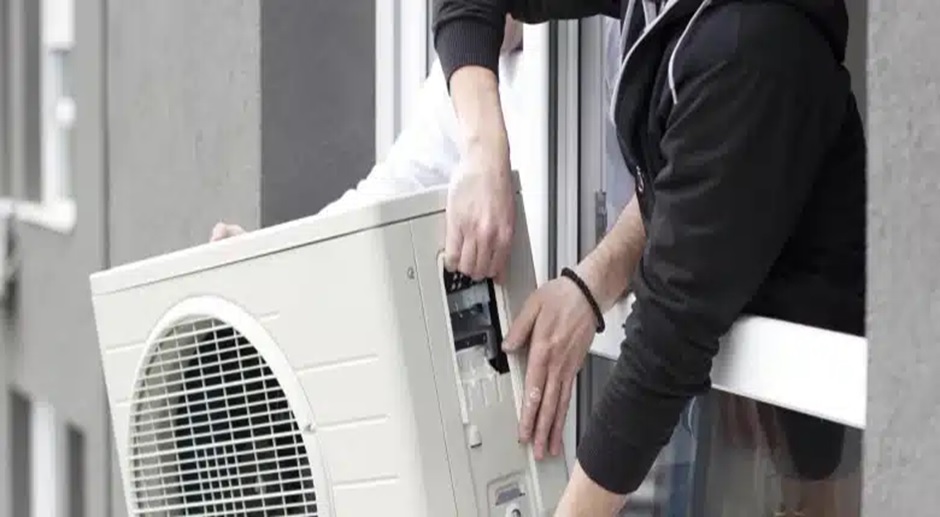Air conditioning system installation is a crucial aspect of maintaining comfort in both residential and commercial spaces. Ensuring a smooth and efficient installation process not only enhances the system’s performance but also extends its lifespan. Below, we delve into expert insights on how to achieve a seamless AC installation, covering essential steps, considerations, and common pitfalls to avoid.
1. Choosing the Right Air Conditioning System
The foundation of a successful air conditioning system installation begins with selecting the appropriate system for your needs. Factors to consider include the size of the space, insulation quality, and the local climate. Here’s how to make an informed choice:
- Assess Space Requirements: A professional HVAC technician can perform a load calculation to determine the required cooling capacity. This ensures that the system you choose will adequately cool your space without overworking.
- Consider Energy Efficiency: Opt for an air conditioning system with a high Seasonal Energy Efficiency Ratio (SEER) rating. Higher SEER ratings indicate better efficiency and lower operational costs.
- Review Features and Options: Modern systems come with various features such as variable speed motors, smart thermostats, and air purification options. Choose features that align with your comfort and efficiency goals.
2. Selecting a Qualified AC Installation Professional
The expertise of your ac installation contractor is pivotal to the success of the installation process. Here’s what to look for when selecting a professional:
- Verify Credentials: Ensure that the contractor is licensed, insured, and certified by recognized industry bodies. This guarantees that they adhere to industry standards and regulations.
- Check References and Reviews: Look for feedback from previous clients to gauge the contractor’s reliability and quality of work. Online reviews and personal recommendations can provide valuable insights.
- Request Detailed Estimates: Obtain written estimates from multiple contractors. Compare their pricing, scope of work, and the brands of equipment they recommend. This will help you make an informed decision and avoid unexpected costs.

3. Preparing for Installation Day
Proper preparation can significantly impact the efficiency of the installation process. Here’s how to ensure everything goes smoothly:
- Clear the Work Area: Ensure that the installation area is free of obstructions. This includes removing furniture, decorations, or any items that may hinder access to the installation site.
- Verify Accessibility: Confirm that the installation site is accessible for the delivery and setup of the new system. This includes checking for adequate space around the indoor and outdoor units.
- Review the Installation Plan: Discuss the installation plan with your contractor. Understand the steps involved, the estimated timeline, and any potential disruptions to your daily routine.
4. During the Installation Process
Monitoring the installation process can help ensure that everything is done correctly. Here are some key aspects to watch for:
- System Placement: Verify that the indoor and outdoor units are installed in appropriate locations. The indoor unit should be centrally located to distribute cool air evenly, while the outdoor unit should have adequate clearance for airflow.
- Ductwork and Piping: Ensure that the ductwork and refrigerant piping are properly installed and sealed. Poorly installed ducts can lead to energy loss and reduced system efficiency.
- Electrical Connections: Confirm that all electrical connections are secure and comply with local building codes. Proper wiring is essential for safe and efficient operation.
5. Post-Installation Checks and Maintenance
Once the installation is complete, performing post-installation checks and regular maintenance is essential to ensure long-term performance and reliability:
- Test System Operation: Run the air conditioning system to ensure that it operates correctly and efficiently. Check for any unusual noises, vibrations, or leaks.
- Review System Settings: Verify that the system settings, including thermostat configuration, are adjusted to your preferences. This helps optimize comfort and energy efficiency.
- Schedule Regular Maintenance: Set up a maintenance schedule with your contractor for regular check-ups and servicing. Regular maintenance helps prevent issues, extends the system’s lifespan, and maintains optimal performance.
6. Common Pitfalls to Avoid
Avoiding common mistakes can prevent problems and ensure a successful AC installation:
- Ignoring Load Calculations: Failing to perform accurate load calculations can result in an undersized or oversized system, leading to inefficiencies and discomfort.
- Choosing Inexperienced Contractors: Opting for a contractor based solely on price can lead to subpar installation quality. Always prioritize experience and credentials over cost alone.
- Neglecting Maintenance: Skipping regular maintenance can lead to system breakdowns and higher repair costs. Invest in ongoing maintenance to keep your system running smoothly.
Conclusion
Ensuring a smooth air conditioning system installation process involves careful planning, choosing the right professionals, and proper maintenance. By following these expert insights, you can achieve an efficient and reliable AC installation that enhances your comfort and provides long-term value. Whether you are upgrading an existing system or installing a new one, attention to detail and professional expertise are key to a successful outcome.










